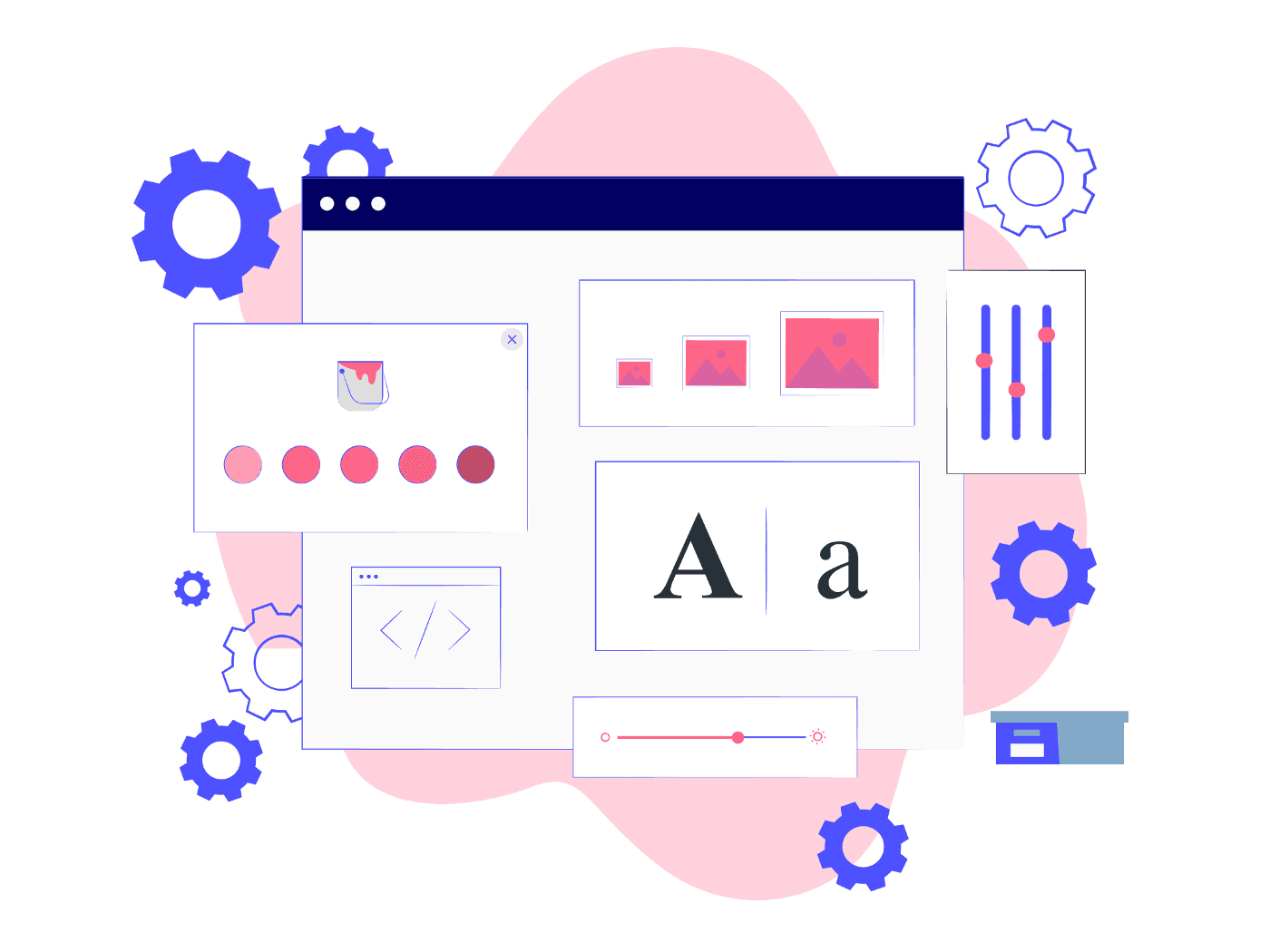Jun 30, 2021
Innovation
Accessibility
Inclusion
Diversity
Tech
Why Inclusive Design Is Such a Powerful Driver of Innovation

If you enjoyed this post, you might also like:
Jun 30, 2021
Innovation
Accessibility
Inclusion
Diversity
Tech

If you enjoyed this post, you might also like: